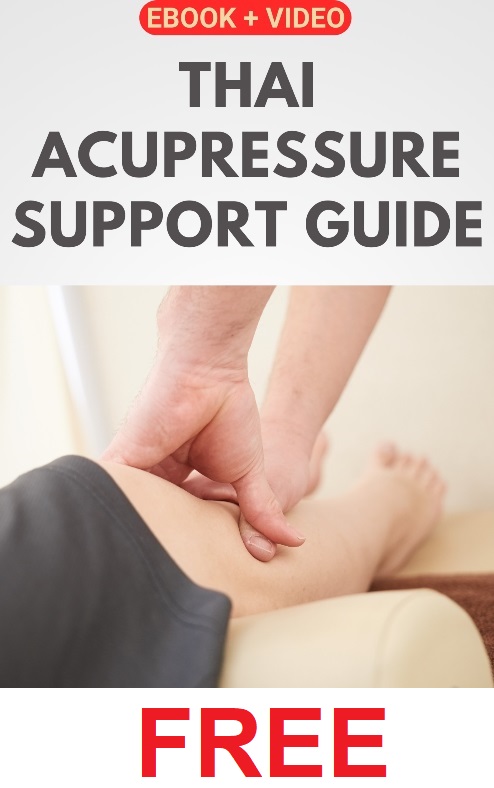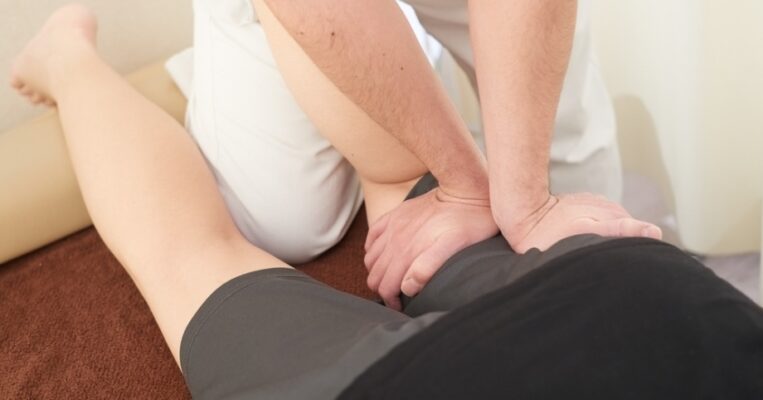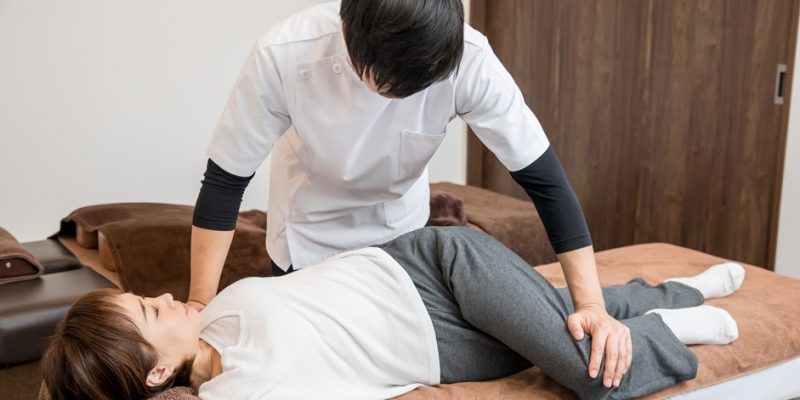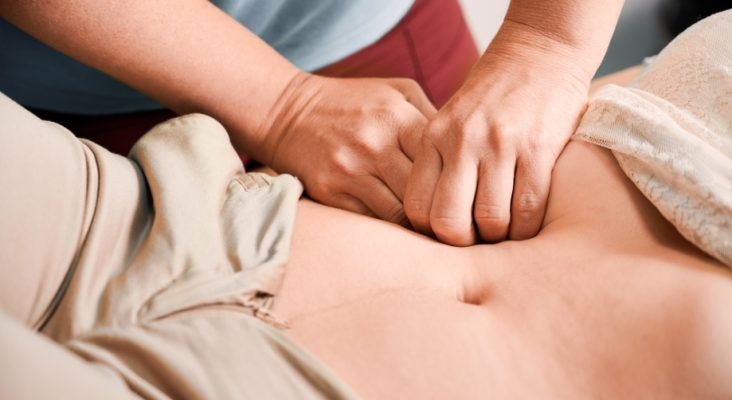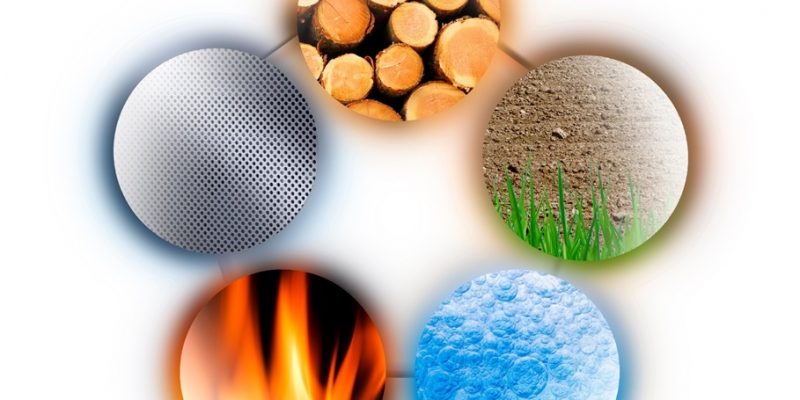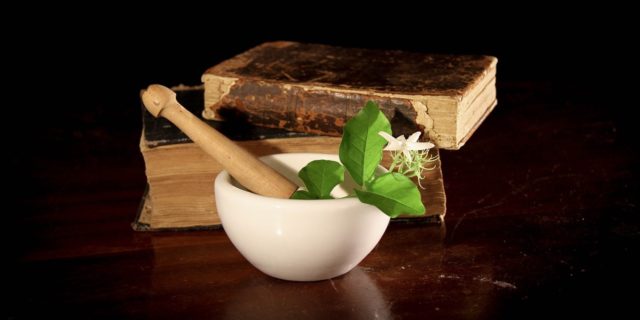
Shiatsu — a Japanese word that translates to “finger pressure” — is a type of bodywork where the thumbs, palms, fingers, elbows — and sometimes also the feet and knees — are used to massage and treat the patient to provide acupressure techniques for healing benefits. Other techniques used in Shiatsu Therapy may include stretching, holding, and leaning-in into various pressure points along important Vital Life Energy Channels or Ki Meridians (Qi Meridians).

Shiatsu Massage is a contemporary massage therapy with its roots in Traditional Chinese Medicine (TCM), and it’s sometimes described as “Japanese physiotherapy.” It’s also compared to acupuncture because of its usage of the theoretical framework of TCM, like the Meridians (Energy Channels) and Tsubo (pressure points), as well as TCM diagnostic methods, but then without the use of needles.
The pressure applied to special vital points on the body promotes Vital Life Energy (Ki) balancing and flow, and corrects disharmonies throughout the patient’s body. The treatment stimulates blood and lymph circulation, maintains and improves muscle tone and healthy internal organ function, calms and relaxes the receiver and helps to relieve stress, contributes to treat pains and illnesses, and promotes the receiver’s immune system, overall health, and well-being.
Where Does Shiatsu Come from?

Shiatsu evolved from Anma (Amma), a traditional Japanese massage modality — also derived from Traditional Chinese Medicine — developed in 1320 by Akashi Kan Ichi. Prior to the emergence of Shiatsu in Japan, masseurs were often nomadic, earning their keep in mobile massage capacities.
The term Shiatsu is said to have been in use since 1919, because of a book called Shiatsu Ho (Shiatsuhō or “finger pressure method”) published by Tamai Tempaku (apparently a pseudonym of Mr. Kazuma Fukunaga). Nevertheless, the actual proof in print of this book is a first publication in 1939. As such, there’s some confusion about the exact dates, and some thus claim it was Tamai Tempaku who first used the name Shiatsu, and others say that that information is incorrect.
Then again, in 1928, Kazuma Fukunaga (aka Tamai Tempaku) published the book Chikara ōyō ryōhō (Power Therapy), which apparently contained an appendix called Shiatsuhō, this appendix being published independently as the aforementioned publication in 1939. In this book of 1939, Kazuma Fukunaga claims he runs a 20-year practice, and this may be the reason that one sometimes sees 1919 posed as the date of “invention” of Shiatsu.

Whatever the case, in 1925, the Shiatsu Therapists Association was founded with the purpose of distancing Shiatsu from Anma Massage. However, it was officially recognized as an independent method of treatment by the Japanese Government only in 1964.
Shiatsu gradually evolved from Anma under influences from both East and West. Many early Shiatsu practitioners developed their own style and some, including Tokujiro Namikoshi and Shizuto Masunaga, founded schools that helped establish Shiatsu as a therapy, like the Japan Shiatsu College and the Iokai Shiatsu Center, respectively.
In the past couple of decades, Shiatsu Massage Therapy has become increasingly popular in the Western world. Currently there are many different styles and philosophical approaches within Shiatsu, like Zen Shiatsu, Macrobiotic Shiatsu, Healing Shiatsu, Namikoshi Shiatsu, Movement Shiatsu and Hara Shiatsu. However, they are all originally based on Anma Massage and TCM concepts.
How Is Shiatsu Massage Applied?
Shiatsu Massage is a manual, hands-on therapy typically given on the floor on a floor mat (futon), but it can also be applied on a regular massage table, or on a massage chair.
During a session the receiver typically remains fully clothed — wearing comfortable loose-fitting clothes — but it can also be given on the unclothed body. Traditionally, massage oils are not used, but in certain types of Shiatsu therapies the therapists do apply oils, creams, or even herbal compresses.
By the way, Shiatsu Massage therapy has also become a popular therapy to apply on horses and dogs.


